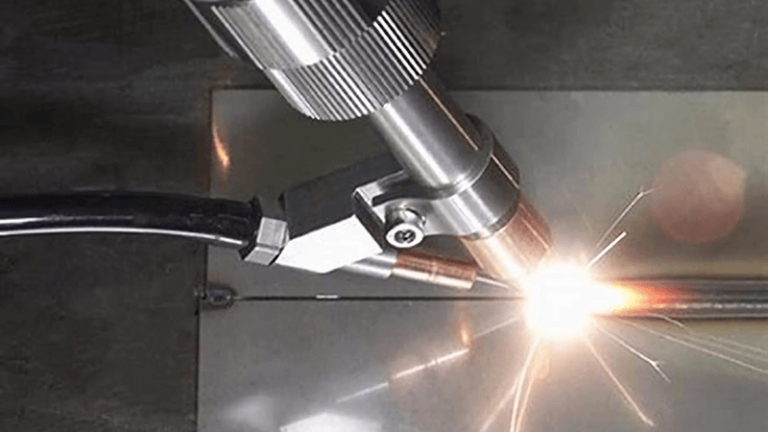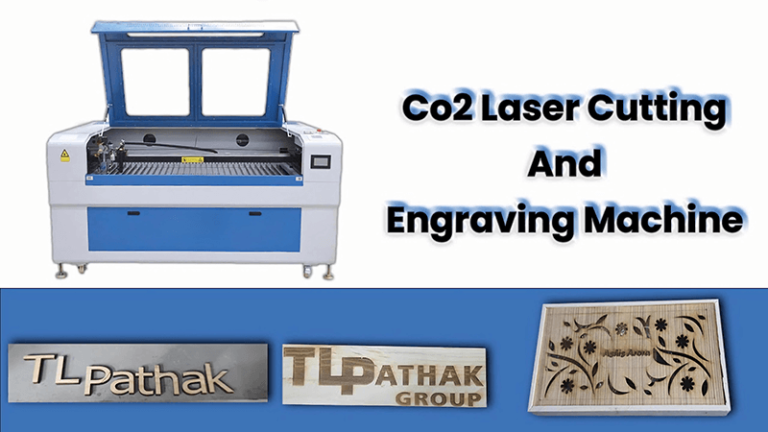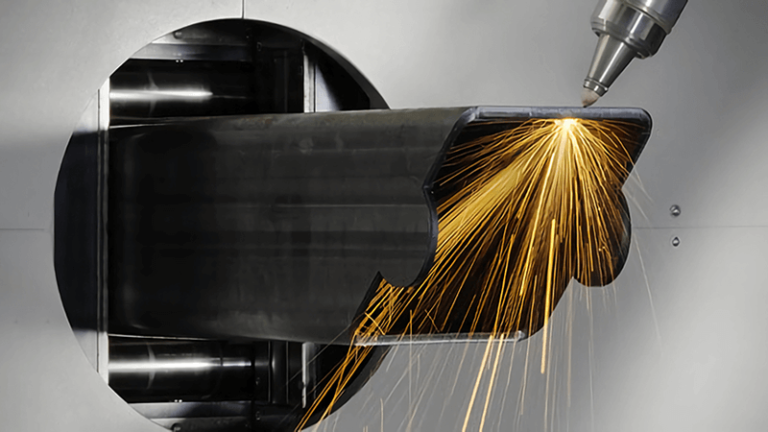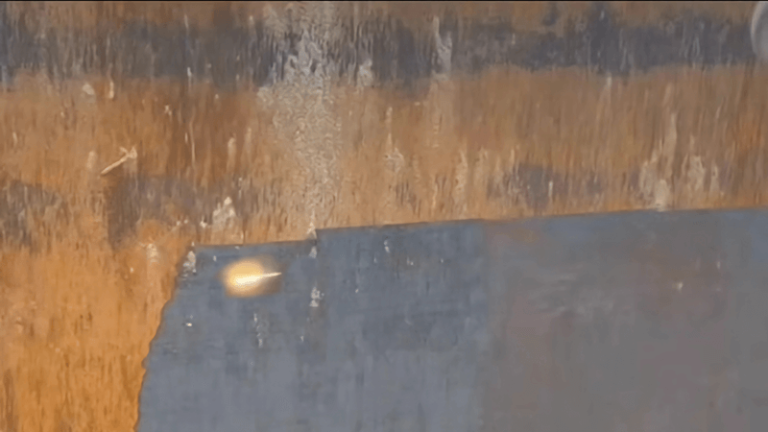Inconsistent serial numbers can wreck traceability and cost you big in warranty claims. Most manufacturers don't realize the fix is simpler—and more permanent—than they think.
Yes, laser marking is the superior solution for serial number applications. It's permanent, precise, and scales easily—making it ideal for high-demand manufacturing environments.
When I first swapped ink stamps for fiber laser marking on metal parts, I saw immediate results. Serials stayed crisp and tamper-proof for years. Warranty fraud dropped. Traceability became effortless. This isn’t just about better marks—it’s about better business.
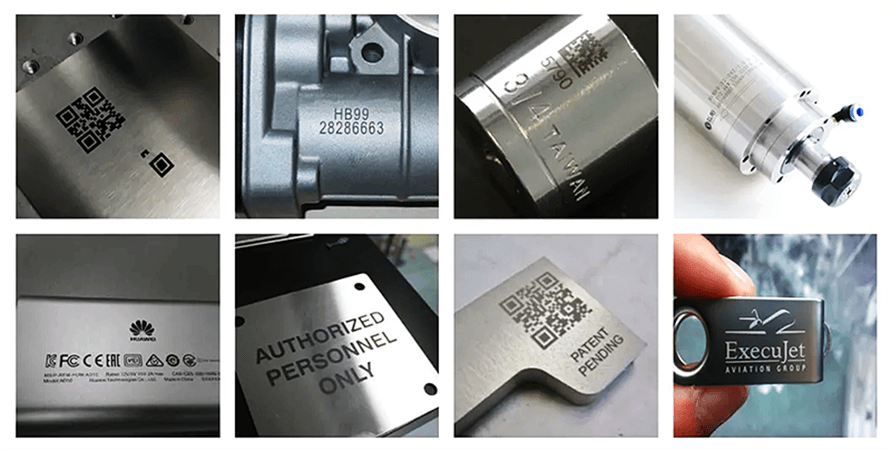
What is laser serial number marking?
Faded serial numbers are a quality team's nightmare. Stamps rub off. Labels peel. Paint smudges. But serial numbers are non-negotiable when it comes to compliance, warranty, and accountability.
Laser serial number marking is a process where high-precision lasers create permanent, tamper-proof identifiers directly onto a material surface—usually metal or plastic.
How it Works
Laser serial number marking uses a concentrated beam of light to etch or engrave information onto the surface of a part. No ink. No contact. Just precision.
Types of Laser Marking Methods
| Method | Material Type | Marking Depth | Durability | Best Used For |
|---|---|---|---|---|
| Fiber Laser | Metals, plastics | Deep or Light | Extremely durable | Metal parts, tools, ID tags |
| CO₂ Laser | Organic materials | Light | Moderate | Packaging, labels, wood |
| UV Laser | Glass, plastics | Light | High precision | Electronics, microcomponents |
At Kirin Laser, we work mostly with fiber laser1 systems for serial number applications. They’re ideal for stainless steel, aluminum, and coated metals. Whether it's engine blocks, surgical tools, or industrial frames, we deliver permanent marks that don’t fade, scratch, or wash off.
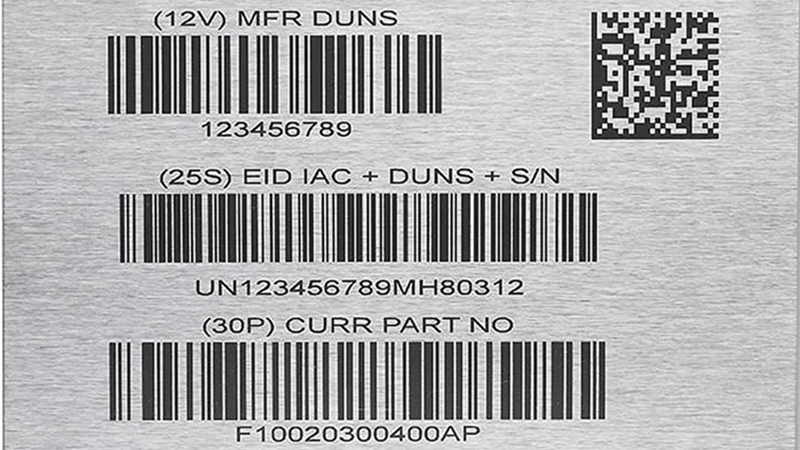
What is the application of laser marking machine?
Most buyers don’t realize just how many industries laser marking serves. If your product needs identification, chances are laser marking is the right fit.
Laser marking machines are used across automotive, aerospace, electronics, medical, and tooling sectors to produce permanent, high-resolution markings for part identification, compliance, and branding.
Real-World Use Cases
At Kirin Laser, I’ve worked with clients ranging from automotive OEMs to dental tool manufacturers. Here's a recent story:
A client in the auto parts business struggled with serial numbers fading during shipping. Their QA team was getting hammered. We installed a 20W fiber laser marking machine2—permanent, readable marks solved the traceability issues3 overnight. No more complaints, just clean audits.
Industry Applications Table
| Industry | Application | Material | Laser Type |
|---|---|---|---|
| Automotive | VIN, part codes, barcodes | Steel, aluminum | Fiber Laser |
| Aerospace | Part IDs, lot codes | Titanium, alloys | Fiber/UV Laser |
| Electronics | PCB markings, QR codes | Plastics, ceramics | UV Laser |
| Medical | Surgical tools, implants | Stainless steel | Fiber Laser |
| Tooling | Branding, size indicators | Hardened steel | Fiber Laser |
Every application demands precision. That’s where our machines—and our approach—set us apart. We don’t sell boxes. We engineer solutions.

What is laser engraved serial number?
If your serials are fading, you're risking more than product returns. You're risking your brand.
A laser engraved serial number is a deeply etched identifier created using a focused beam of light. Unlike surface-level marks, these are cut into the material and designed to last for the product’s entire lifecycle.
Engraving vs. Printing vs. Etching
Let’s clear this up. "Engraving" cuts deeper than standard marking or etching. It’s often used for critical identifiers like engine numbers, firearm serials, or medical device codes.
Comparison Table
| Method | Depth | Visibility | Durability | Cost per Unit | Tamper Resistance |
|---|---|---|---|---|---|
| Ink Print | Surface | Medium | Low | Low | Very Low |
| Dot Peen | Shallow | Medium | Medium | Medium | Low |
| Laser Mark | Surface | High | High | Low | Medium |
| Laser Engrave4 | Deep | Very High | Very High | Low | Very High |
I recommend engraving when long-term traceability5 is required. For example, medical tools that undergo sterilization, or engine parts exposed to vibration and heat.
At Kirin Laser, we help you choose the right marking depth, speed, and beam width for your material and production line. That’s the difference between a mark and a mistake.
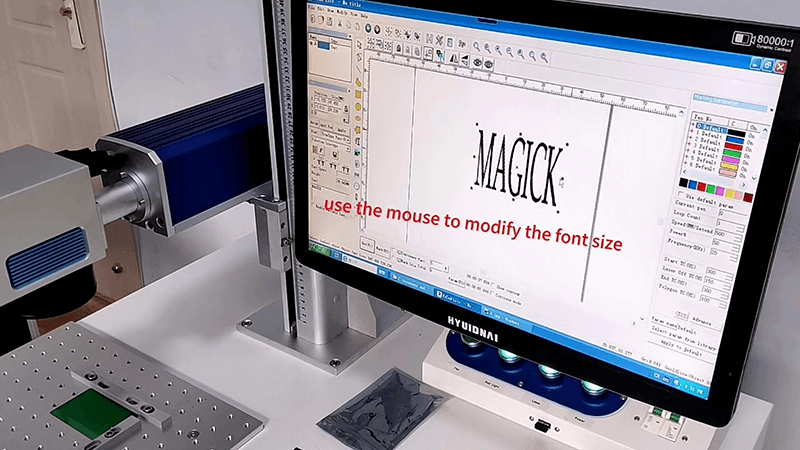
How to do laser marking?
You don’t need a huge factory or a team of engineers to start laser marking. You just need the right setup.
Laser marking involves four key steps: file preparation, machine setup, material placement, and marking execution—usually completed in seconds using preprogrammed data.
The Setup Process
Here’s what it looks like when we onboard a new client at Kirin Laser:
Step-by-Step Breakdown
-
Create Your File
Use CorelDRAW, AutoCAD, or EZCAD to design your marking file6. It can be a logo, barcode, QR code, or serial number. -
Connect the Machine
Plug in the fiber laser7 to your PC. Our software syncs design files directly to the laser control panel. -
Test Run on Sample
Place your part under the lens. Adjust focus using the red light pointer. Run a preview to align marks. -
Start Marking
Hit start. The laser runs your file in real-time. Most serials take less than a second to engrave. -
Inspect Output
Check mark depth, clarity, and position. You can auto-adjust power and speed as needed.
Example Machine Setup at Kirin
| Component | Specification | Model Example |
|---|---|---|
| Laser Source | 20W Fiber Laser | Raycus / JPT |
| Software | Marking Interface | EZCAD 2 |
| Material Fixture | Rotary axis / XY table | Custom-built |
| Safety Features | Protective housing, alarm | CE compliant enclosures |
We guide every customer—distributors and end users—through this setup. Our machines arrive with factory calibration, software presets, and training videos. Some even include remote setup sessions.
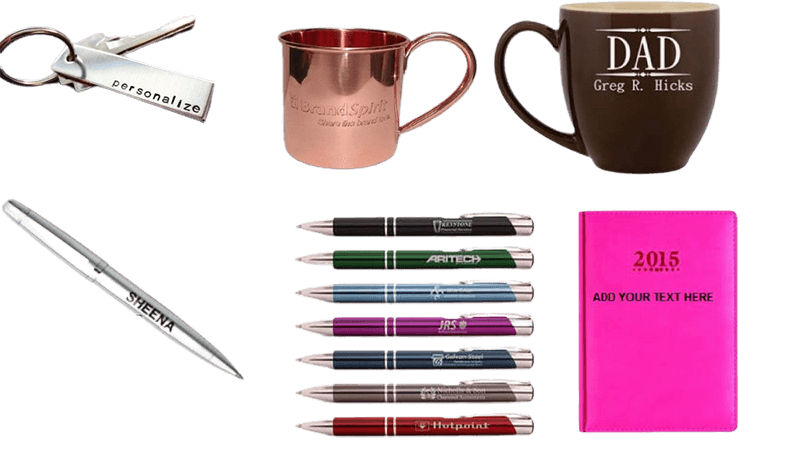
Conclusion
Laser marking8 isn’t just another production tool—it’s a quality multiplier. Whether you need serials that won’t fade, parts that pass audits, or branding that lasts, fiber laser marking delivers. At Kirin Laser, we don’t just ship machines. We build confidence into your production line. From auto parts to surgical tools, our systems create marks that speak for themselves—sharp, permanent, and precise. If you’re ready to stop fighting faded serials and start marking with confidence, we’re here to help.
-
Explore the advantages of fiber laser technology for marking, including its durability and precision, which are crucial for various applications. ↩
-
Explore this link to understand the technology behind fiber laser marking machines and their benefits in various industries. ↩
-
Learn about effective strategies to tackle traceability issues in manufacturing, ensuring quality and compliance. ↩
-
Explore this link to understand the benefits and applications of laser engraving in various industries. ↩
-
Discover why long-term traceability is crucial for quality assurance and compliance in manufacturing processes. ↩
-
Learning about marking file creation will help you optimize designs for effective laser engraving. ↩
-
Understanding fiber lasers can enhance your knowledge of their applications and benefits in various industries. ↩
-
Finding the best laser marking machine and laser marking solutions from Kirin Laser, clickinng this link to get your best products. ↩


